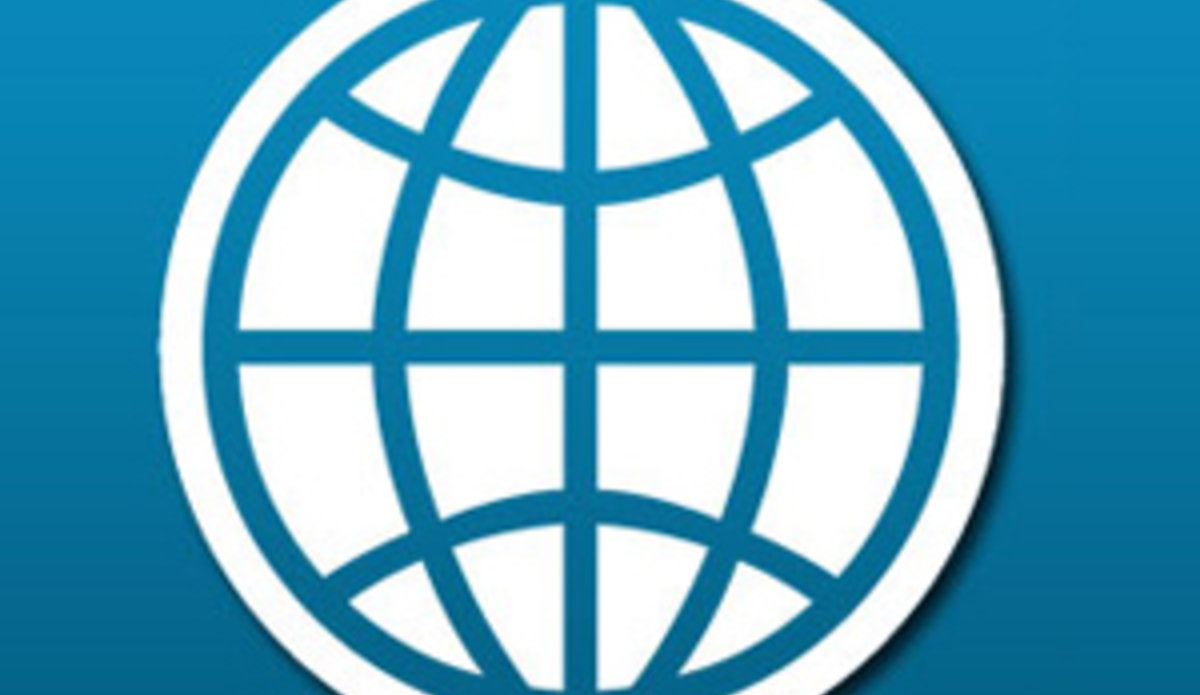Afghanistan Promoting Second Generation of Public Expenditure Reforms
28 January 2010 - Afghanistan and its donor community face a dilemma that demands to be resolved: how to channel foreign aid through the government’s budgetary system that lacks the capacity to properly administer such expenditure.
Background Paper for London Conference on Afghanistan
Currently, 90% of the national budget is externally financed. Overall aid in 2008/09 amounted to US$6.3 billion or 45% of GDP. The critical issue, however, is not so much the amount of aid, but weaknesses in its mode of delivery and impact.
Two-thirds of the aid bypasses the core budget, moving through what is known as the “external budget”. This dual budgetary system means that most economic activity in Afghanistan takes place outside the government’s fiscal control, thus undermining the government’s legitimacy and relevance to the Afghan people and weakening the budget’s primacy as the tool of national policy. The aid needs to be on-budget and aligned with Afghan priorities.
 UN
UN







